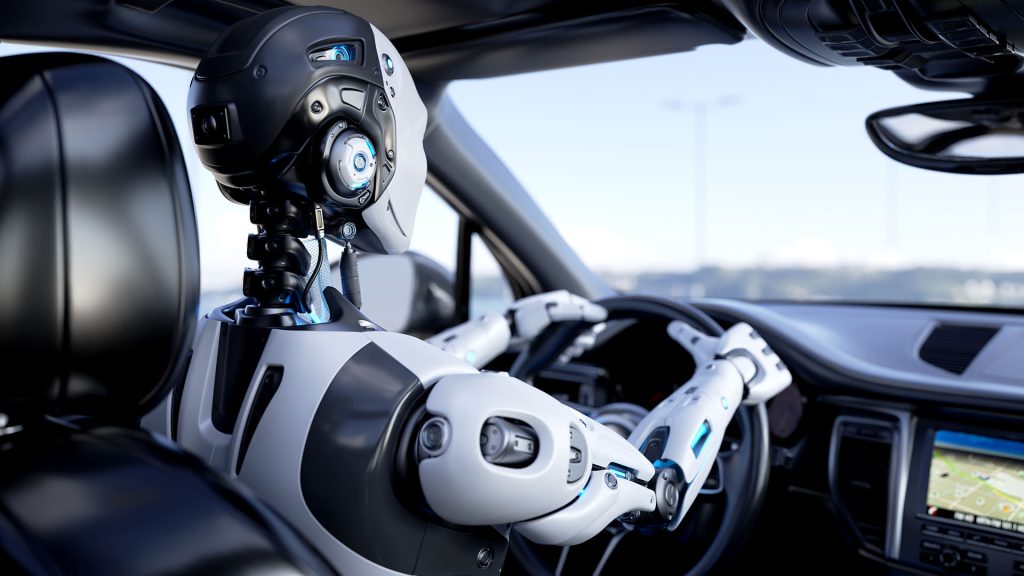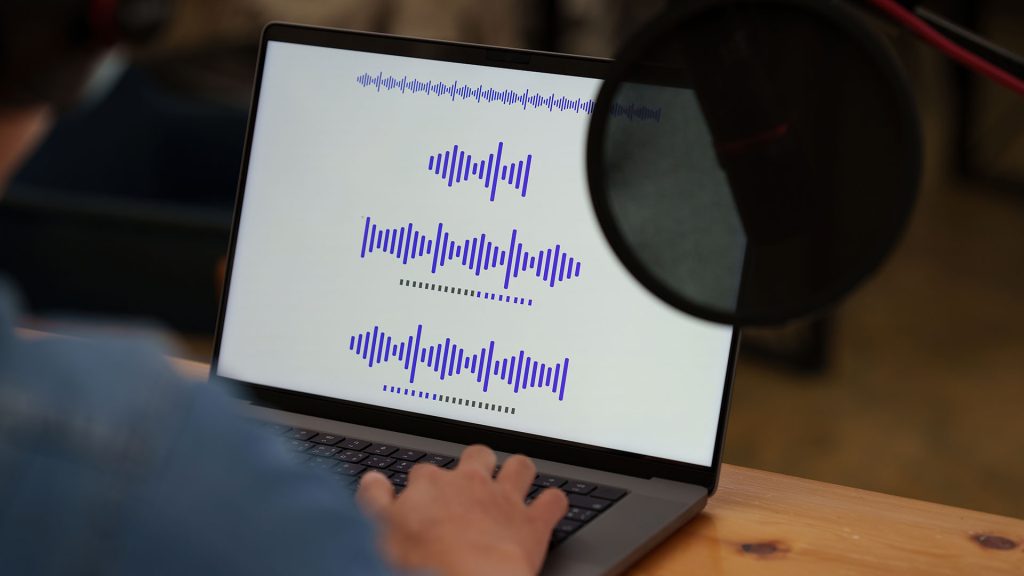Navigating Tomorrow: The Road Ahead for AI-Powered Autonomous Vehicles

Introduction:
As we hurtle towards 2025, the horizon of transportation is ablaze with the promise of AI-powered autonomous vehicles. These marvels of technology are not just reshaping the way we travel but fundamentally altering our relationship with mobility itself. Join us as we embark on a journey into the future of transportation, where AI-driven innovation is revolutionizing the roads, one autonomous vehicle at a time.
Safety at the Forefront:
At the heart of the autonomous vehicle revolution lies a commitment to safety like never before. By 2025, AI-powered autonomous vehicles are projected to slash traffic accidents by a staggering 90%. Freed from the shackles of human error, these vehicles navigate the streets with unparalleled precision, reacting to potential hazards in fractions of a second. With each mile driven, they inch us closer to a world where traffic accidents are a relic of the past, and road safety is paramount.
Efficiency Redefined:
Beyond safety, AI-powered autonomous vehicles are rewriting the rules of efficiency on our roads. By seamlessly coordinating their movements and optimizing routes in real-time, these vehicles promise to alleviate the scourge of traffic congestion that plagues our cities. No longer beholden to the whims of human drivers, traffic flows smoothly, reducing travel times, cutting emissions, and transforming our urban landscapes into beacons of efficiency and sustainability.
Accessibility for All:
In the tapestry of transportation, autonomy weaves a thread of accessibility, offering newfound freedom to those previously sidelined by traditional modes of travel. From the elderly to individuals with disabilities, autonomous vehicles open doors to independence, offering a lifeline of mobility where none existed before. With every journey embarked, they pave the way towards a more inclusive society, where transportation knows no bounds and barriers are but relics of the past.
The Promise of Progress:
As we gaze into the crystal ball of transportation, the future beckons with tantalizing possibilities. With AI as our compass, we navigate uncharted territories, guided by a vision of safer, more efficient, and more accessible mobility for all. The journey may be fraught with challenges, but the destination is clear: a world where the roads are safer, the traffic flows smoother, and the promise of progress shines bright on the horizon.
Conclusion:
In the crucible of innovation, AI-powered autonomous vehicles emerge as harbingers of a new era in transportation. With their sights set on safety, efficiency, and accessibility, they chart a course towards a future where mobility is not just a privilege but a fundamental human right. As we stand on the precipice of this brave new world, let us embrace the possibilities that lie ahead and embark on this journey together, towards a future where the roads are safer, the journeys are smoother, and the possibilities are endless.








